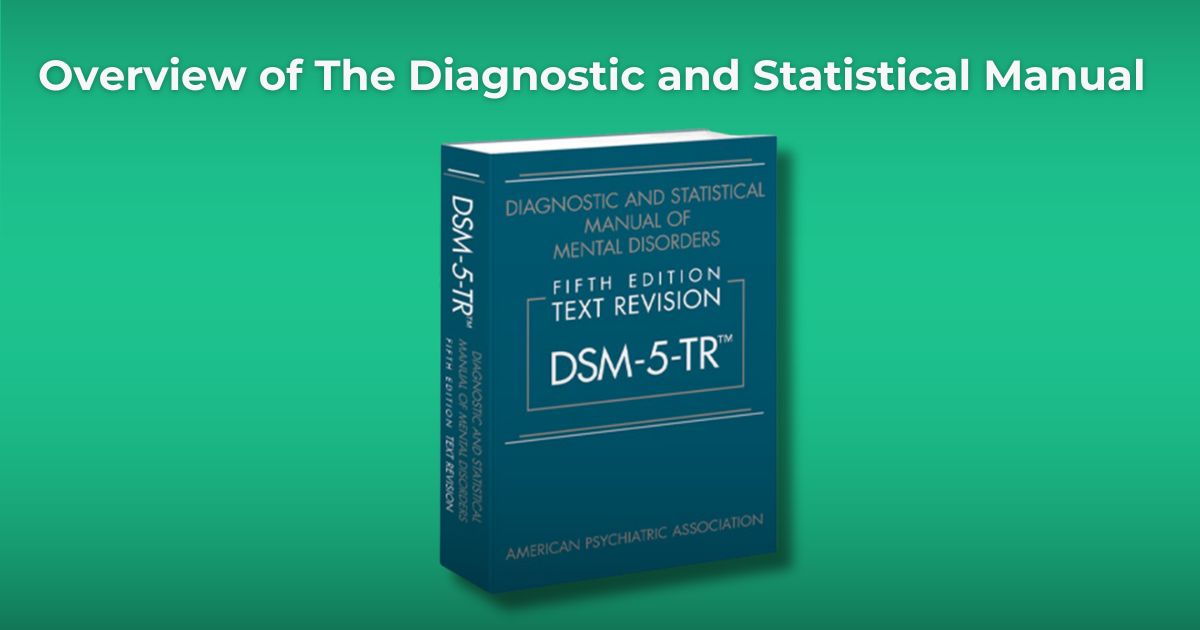Autism spectrum disorder is one of the most mysterious and perplexing neurodevelopmental conditions. Both the variety of symptoms and the lack of reliable, standardized assessments contribute to the difficulty of making an accurate diagnosis of autism spectrum disorder.
The autism diagnostic observation schedule (ADOS) is one of the most essential elements used to diagnose autism spectrum disorder.
Individuals thought to be suffering from autism spectrum disorder can have their speech, social interaction, play, and creative material use assessed with the ADOS, a semi-structured evaluation instrument.
The ADOS provides a structured framework for therapists to observe and assess behaviors indicative of ASD throughout several developmental stages. A team of autism research professionals developed this tool to improve treatment planning.
Clinicians, researchers, educators, and families must grasp the complexities of ADOS to traverse the complex terrain of autism diagnosis and intervention.
In this comprehensive guide, we dive into the fundamental principles of the ADOS, its structure, administration, and interpretation.
History of ADOS
The autism diagnostic observation schedule emerged from the collaborative efforts of Dr. Catherine Lord, Dr. Michael Rutter, and their colleagues in the 1980s. Initially developed to address the need for standardized assessment tools in autism diagnosis, the ADOS has since undergone several revisions to enhance its reliability and validity.
Its evolution reflects advancements in our understanding of autism spectrum disorder and the recognition of the importance of accurate diagnostic measures. Today, the ADOS stands as a widely used and respected tool in clinical and research settings, playing a crucial role in assessing and understanding ASD across the lifespan.
Types of ADOS
When evaluating ASD, the autism diagnostic observation schedule is the gold standard.
However, many may not realize that the ADOS isn’t a one-size-fits-all assessment. Instead, it comes in various types, each tailored to specific age groups and developmental levels.
From toddlers to adults, the ADOS offers specialized assessments to ensure accurate diagnosis and intervention planning.
Join us as we discover the subtleties of the many ADOS evaluation types and how important they are to comprehend the range of ASD presentations.
PL-ADOS
PL-ADOS, or the Preschool Edition of the Autism Diagnostic Observation Schedule, was a specialized assessment tool designed for diagnosing autism spectrum disorder in children aged 30 months to 5 years.
Developed to address the unique developmental characteristics of preschool-aged children, PL-ADOS focuses on evaluating social interaction, communication, and play behaviors indicative of ASD.
Clinicians assessed a child’s responses to various social stimuli through structured observation and interaction, aiding in accurate diagnosis and early intervention planning. PL-ADOS played a crucial role in identifying ASD at an early age, facilitating timely access to support services and interventions for developmental progress.
ADOS-G
ADOS-G, or the Autism Diagnostic Observation Schedule-Generic, was a widely used assessment tool for diagnosing autism spectrum disorder in individuals aged two years and older.
Developed by Catherine Lord, Michael Rutter, Pamela C. DiLavore, and Susan Risi, ADOS-G provides a standardized, semi-structured framework for observing and evaluating social interaction, communication, and play behaviors characteristic of ASD.
Through standardized activities and prompts, clinicians could assess an individual’s behavior and communication skills, aiding in accurate diagnosis and treatment planning. ADOS-G’s reliability and validity made it a valuable tool in both clinical and research settings for understanding and supporting individuals with ASD.
ADOS-2

ADOS-2, the Autism Diagnostic Observation Schedule, Second Edition, represents a refined and updated version of the original ADOS assessment tool. Developed by Catherine Lord, Michael Rutter, Pamela C. DiLavore, and Susan Risi, ADOS-2 is for diagnosing autism spectrum disorder in individuals from toddlerhood to adulthood.
With enhanced modules catering to different developmental levels and improved scoring algorithms, ADOS-2 offers a standardized, semi-structured framework for observing and evaluating social interaction, communication, and play behaviors associated with ASD.
ADOS Method
One way to diagnose autism spectrum disorder (ASD) is with the use of the Autism Diagnostic Observation Schedule (ADOS). Catherine Lord, Michael Rutter, Pamela C. DiLavore, and Susan Risi created the ADOS approach, a semi-structured set of tasks and prompts meant to bring out ASD behaviors at various stages of development.
Using established criteria, clinicians watch and score activities related to social interaction, communication, and play.
This approach helps with precise diagnosis and intervention planning by providing a standard framework for evaluating ASD. It is a vital tool in research and therapeutic settings due to its methodical approach, which guarantees validity and reliability.
ADOS Modules
Individualized methods are necessary for precise evaluation when navigating the ASD spectrum. The Autism Diagnostic Observation Schedule (ADOS) Modules are here to help with all the different types of people and their different phases of development.
Every module provides a different perspective that helps clinicians identify and assess social interaction, communication, and play characteristics that may indicate autism spectrum disorder (ASD) in individuals ranging from toddlers to adults.
This section delves into the details of the ADOS Modules, illuminating their relevance in the diagnosis and comprehension of ASD’s complexity across age groups and stages of development.
Toddler Module
The Toddler Module of the Autism Diagnostic Observation Schedule (ADOS) is a specialized assessment for children between 12 and 30 months old.
Developed to address the unique developmental characteristics of toddlers, this module focuses on observing early social communication and play behaviors indicative of autism spectrum disorder. Through structured activities and prompts, clinicians assess a child’s responses to social stimuli, communication attempts, and interaction with toys.
The Toddler Module plays a crucial role in early diagnosis and intervention planning, providing valuable insights into a child’s developmental profile and paving the way for timely support services crucial for their long-term well-being.
ADOS Module 1
ADOS Module 1 tailors to individuals aged 30 months and older who are considered pre-verbal or able to engage in single words. It focuses on assessing social interaction, communication, and imaginative play, providing a structured framework for clinicians to observe behaviors indicative of autism spectrum disorder.
Through standardized activities and prompts, clinicians gauge a child’s responses to social cues, verbal and nonverbal communication, and their ability to play pretend.
Module 1 aids early diagnosis by identifying key markers of ASD, facilitating timely intervention planning and support services crucial for developmental progress. Its systematic approach ensures reliable assessment, guiding clinicians in understanding the child’s unique profile within the autism spectrum.
ADOS Module 2
ADOS Module 2 caters to individuals who are able to engage in phrase speech, offering a structured assessment of social interaction, communication, and imaginative play behaviors. Developed as part of the Autism Diagnostic Observation Schedule (ADOS), Module 2 provides standardized activities and prompts for clinicians to observe and evaluate characteristics indicative of autism spectrum disorder.
Through this module, clinicians assess an individual’s responses to social cues, verbal and nonverbal communication skills, and their ability to engage in imaginative and pretend play scenarios. Module 2 aids in accurate diagnosis and intervention planning for individuals across the autism spectrum, ensuring tailored support services for their developmental needs.
ADOS Module 3
ADOS Module 3 is designed for children who are able to engage in fluent language, providing a structured assessment of social interaction, communication, and imaginative use of materials.
Tailored to individuals aged five to six years and up, Module 3 offers standardized activities and prompts for clinicians to observe behaviors indicative of autism spectrum disorder in older populations.
Through this module, clinicians assess an individual’s ability to engage in reciprocal social interactions, use and understand verbal and nonverbal communication, and demonstrate flexibility in play and conversation.
Module 3 aids in accurate diagnosis and intervention planning for adolescents and adults on the autism spectrum, facilitating tailored support services for their unique needs.
ADOS Module 4
The ADOS Module 4 design is for adolescents/adults aged 16 years and older who are able to engage in fluent speech. This specialized module within the Autism Diagnostic Observation Schedule (ADOS) focuses on assessing social communication and interaction skills, as well as repetitive behaviors and restricted interests, particularly in individuals with limited verbal abilities.
Through structured activities and prompts, clinicians observe and evaluate behaviors indicative of autism spectrum disorder, tailoring assessments to nonverbal individuals’ unique needs and abilities. ADOS Module 4 plays a crucial role in providing accurate diagnosis and intervention planning for individuals with limited verbal communication skills within the autism spectrum.
Diagnostic Accuracy of ADOS
The Autism Diagnostic Observation Schedule (ADOS) offers a comprehensive framework for assessing autism spectrum disorder across various age groups and developmental levels.
With specialized modules catering to different communication abilities and age ranges, the ADOS ensures accurate diagnosis and intervention planning. For individuals seeking autism evaluation services in Oakland, APS provides expert assessments tailored to individual needs.
Our team of professionals offers thorough evaluations using tools like the ADOS, guiding families toward appropriate support services and interventions. Contact APS today for comprehensive autism evaluations and personalized support for individuals on the autism spectrum.




